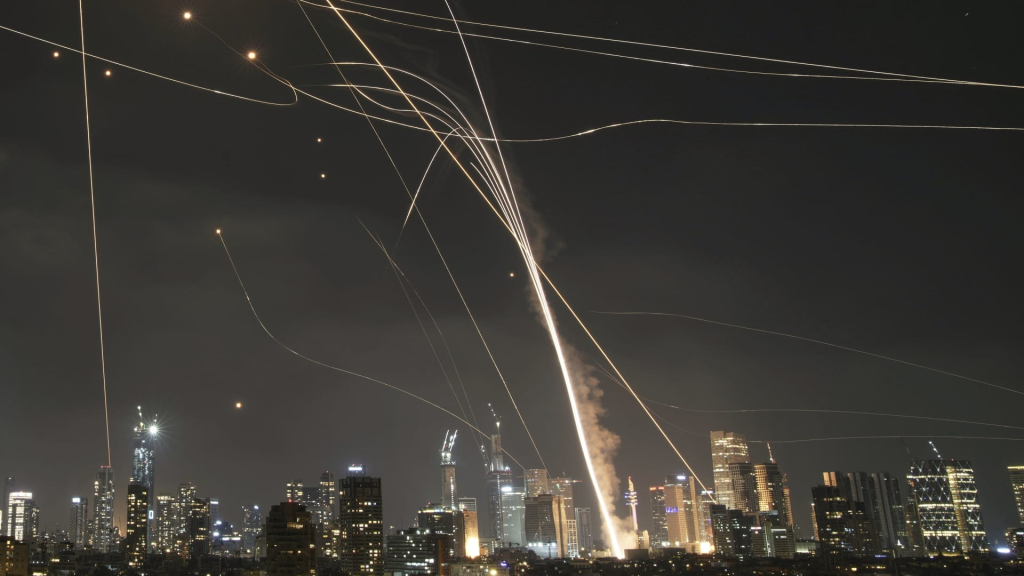The Iron Dome missile defense system, known as “Kippat Barzel” in Hebrew, is considered a crucial element in Israel’s defense strategy.
This advanced system is engineered to shield Israeli citizens from aerial assaults by deploying guided missiles to intercept incoming rockets and other short-range threats. Since becoming fully operational in March 2011, the mobile defense system has played a significant role in safeguarding lives.
According to Israel’s Defense Ministry, the system has undergone several enhancements and has “successfully prevented countless rockets from striking Israeli communities.”
Originally developed by the state-run Rafael Advanced Defense Systems with support from the United States, the Iron Dome continues to receive financial backing from Washington.
The Israeli Defense Forces describe the Iron Dome as a robust system comprising various elements: the advanced technology, the machinery for rocket interception, the military personnel who operate it, and the commanders overseeing its operations.
Operational Mechanism
The Iron Dome functions by utilizing radar to identify incoming rockets and assesses whether their trajectories might threaten protected locations, including key infrastructure or civilian populations.
If a rocket is deemed a threat, a command center orders the launch of a Tamir missile to neutralize it.
However, the system is programmed not to engage threats outside designated areas, allowing non-threatening rockets to land without interception.
A report from the Congressional Research Service in 2023 characterized the Iron Dome as a mobile system capable of intercepting rockets, mortars, and artillery fire from distances of 2.5 to 43 miles.
Currently, there are an estimated 10 deployable batteries across the country, with each designed to protect a 60-square-mile urban area. Each battery is outfitted with three to four launchers, which can hold up to 20 Tamir interceptors.
According to the Center for Strategic International Studies, producing a single Iron Dome battery costs over $100 million.
Since its inception, the U.S. has provided billions in financial assistance to Israel for Iron Dome batteries, interceptors, and related costs, with bipartisan support consistently backing funding allocations through Congress.
Despite its effectiveness, the Iron Dome is not without its vulnerabilities.
Experts have cautioned that the system may face difficulties when confronted with heavy rocket fire. A study from the Center for European Policy Analysis noted that the system could be susceptible to attacks designed to overwhelm its capabilities through simultaneous missile launches from multiple directions.


























